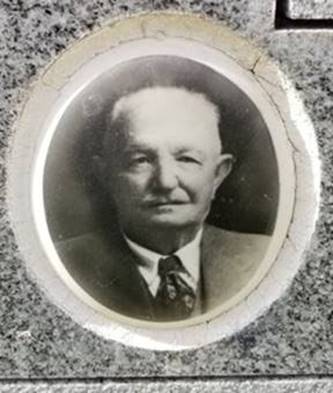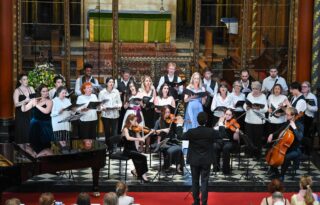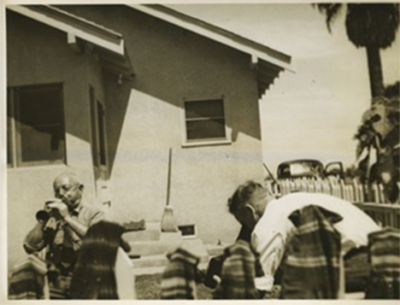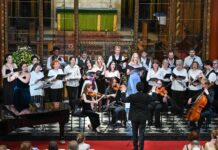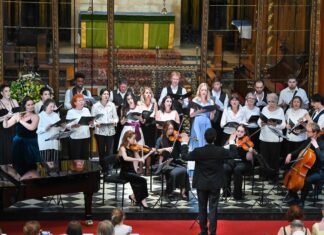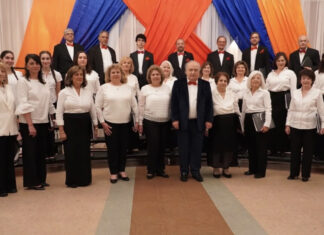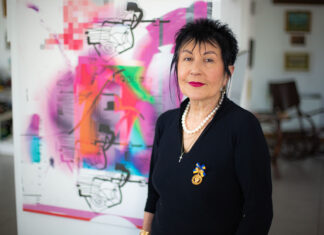(This story celebrates six generations of one Armenian family’s traditions, music and food in Fresno. In a story originally written by Harout Arakelian for their Sound Archive series, the Armenian Museum of America celebrates these talented musicians and their contributions to recorded music history. Much of the text presented in this article is sourced from Arakelian’s piece at https://www.armenianmuseum.org/sound-archive)
FRESNO — On August 17, 1940 in the Central Valley of California, the Bedrosian family of musicians, led by Hovsep Joseph Bedrosian recorded four unique songs on the privately owned record label GME Records that were collected by famed ethnographer, Sidney Robertson Cowell. The Armenian Museum of America’s Sound Archive celebrates these musicians and their contributions to recorded music.
That weekend, the Bedrosian family gathered to enjoy music, singing, dancing, and traditional Armenian food. Hovsep was joined in the self-recording session by his son Avedis (Harry) and his cousin Bagdasar Bedrosian. Much of the information related to these self-recordings is captured in the grooves of these discs as each song begins with a brief introduction by Avedis in Armenian and English. While Avedis is given the title of “director,” these recordings highlight the musical mastery found within Hovsep and his prized zourna (or zurna, zerna).
The zourna, a double reed wind instrument, was not frequently recorded commercially in North America. Its significance is intertwined in the early Armenian-American experience with the most noteworthy performer being virtuoso Hovsep Bedrosian. Born in 1857 in Verin Khokh (Upper Khokh, a part of the village Khokh in the Southwest region of Kharpert, known for its fine wines and davoul [base drum] players), it is likely that Hovsep learned how to play the instrument in his youth before emigrating to the United States in 1893.
Both Avedis and Bagdasar were born in Verin Khokh in 1893. Hovsep’s wife, Youghaper, and son Avedis joined him in America in 1907. On these recordings, the local accents from that specific region can be heard, making the recordings fascinating not only to music aficionados but also to linguists. While these recordings are the only known commercial recordings by Hovsep and his family, it is possible that his performance career began much earlier. According to one of Hovsep’s granddaughters, Jane Gamoian, an accomplished performer of Armenian and Middle Eastern dance and currently the director of the Temple Dancers for Daughters of the Nile in Fresno, Joseph was hard-working and industrious, and initially worked at the “Krikorian Circus” in Massachusetts, and then as a musician for the P. T. Barnum Circus.
This information is substantiated by the field notes of Sidney Robertson Cowell. As part of the Works Progress Administration (WPA) during the New Deal, Sidney Robertson Cowell was responsible for the California Folk Music Project. (The WPA was an ambitious employment and infrastructure program created by President Franklin Roosevelt in 1935, during the bleakest days of the Great Depression.) This New Deal project was organized and directed by folk music collector Sidney Robertson Cowell for the Northern California Work Projects Administration. Sponsored by the University of California, Berkeley, and cosponsored by the Archive of American Folk Song (now the American Folklife Center archive), this undertaking was one of the earliest ethnographic field projects to document European, Slavic, Middle Eastern, and English- and Spanish-language folk music in one region of the United States.
